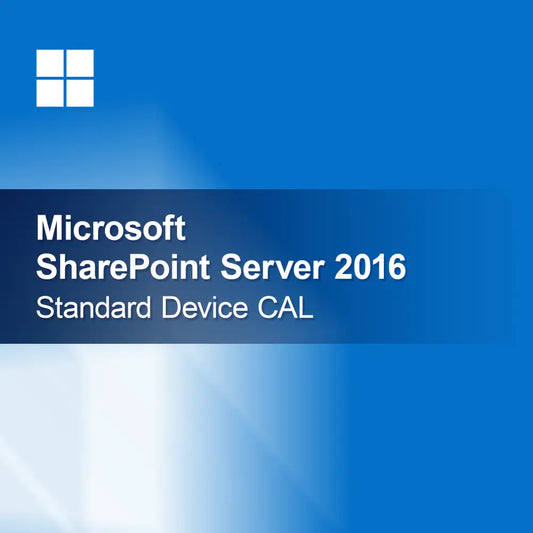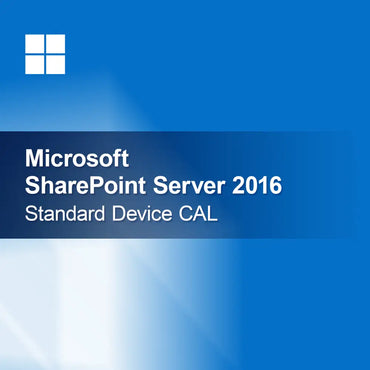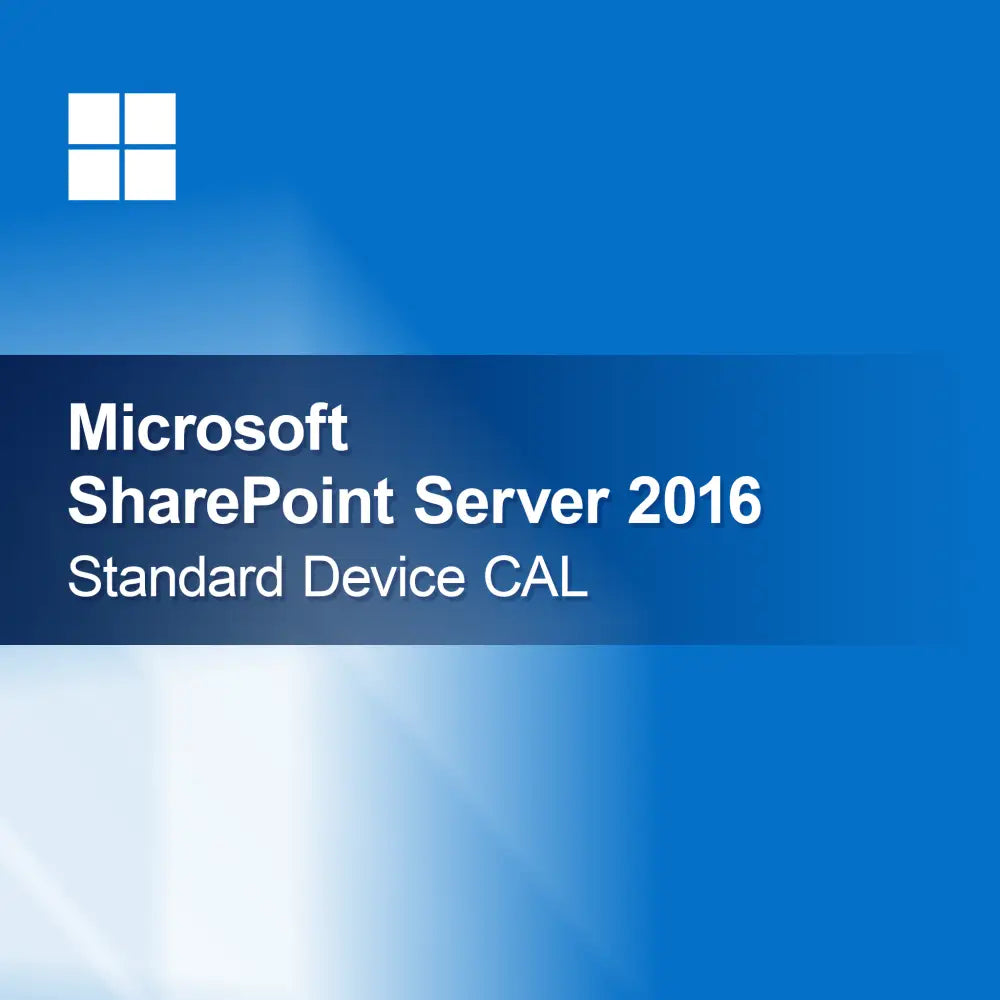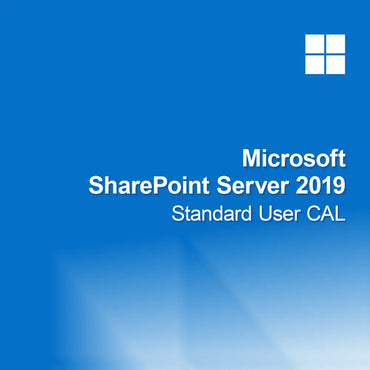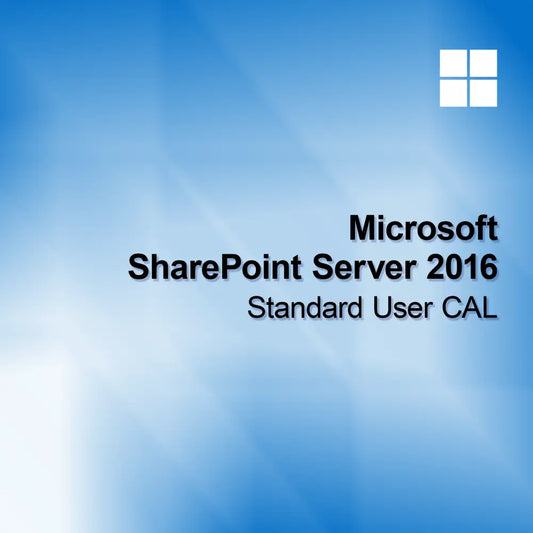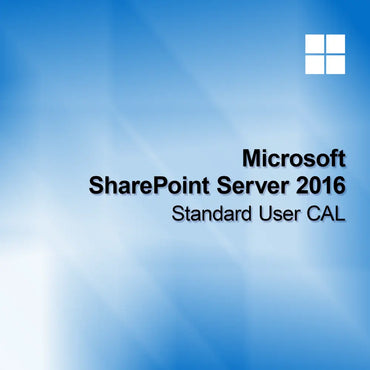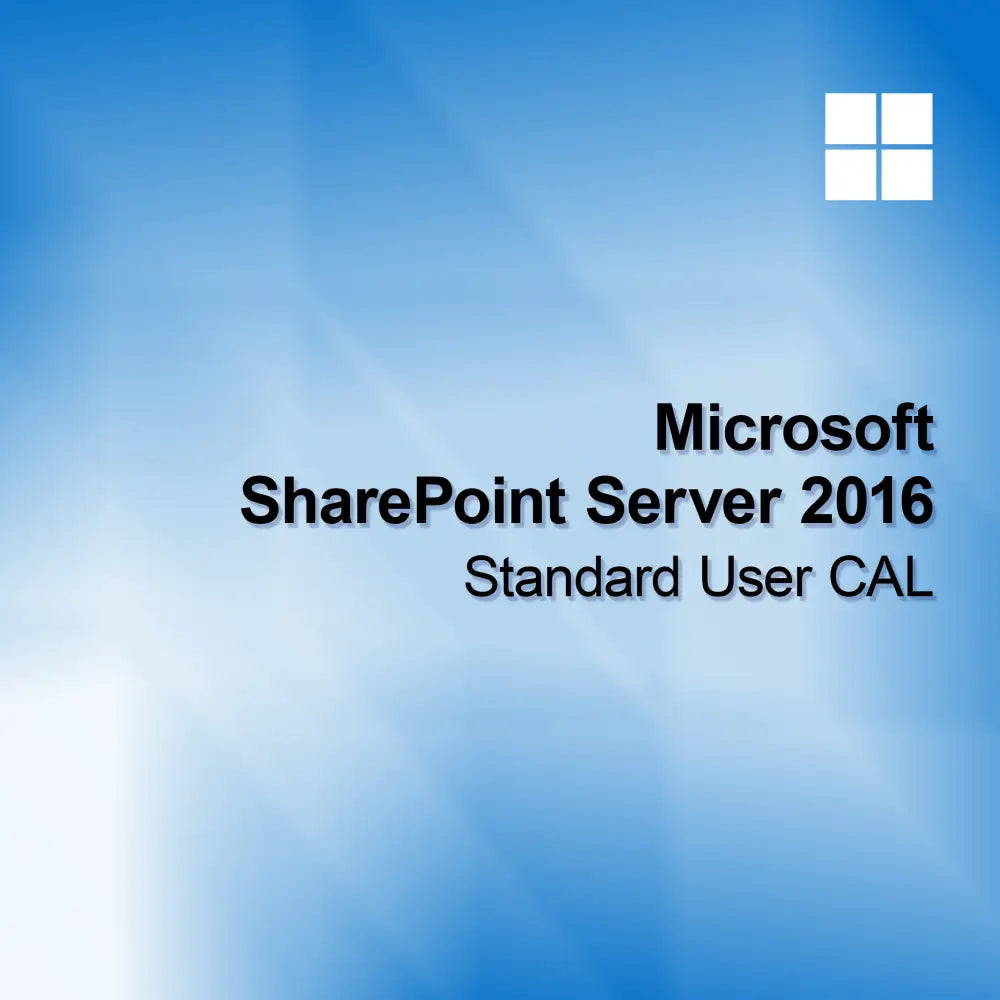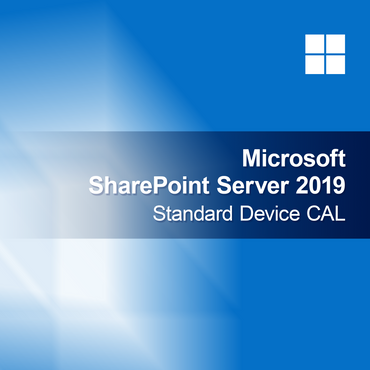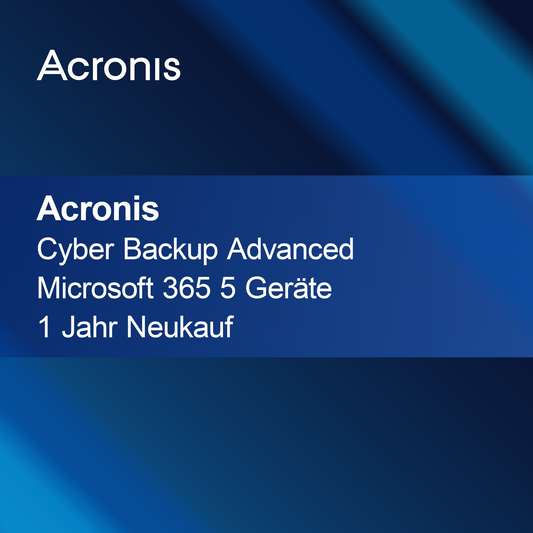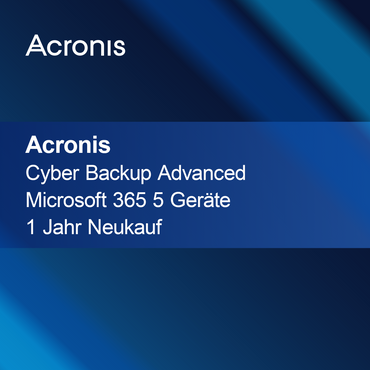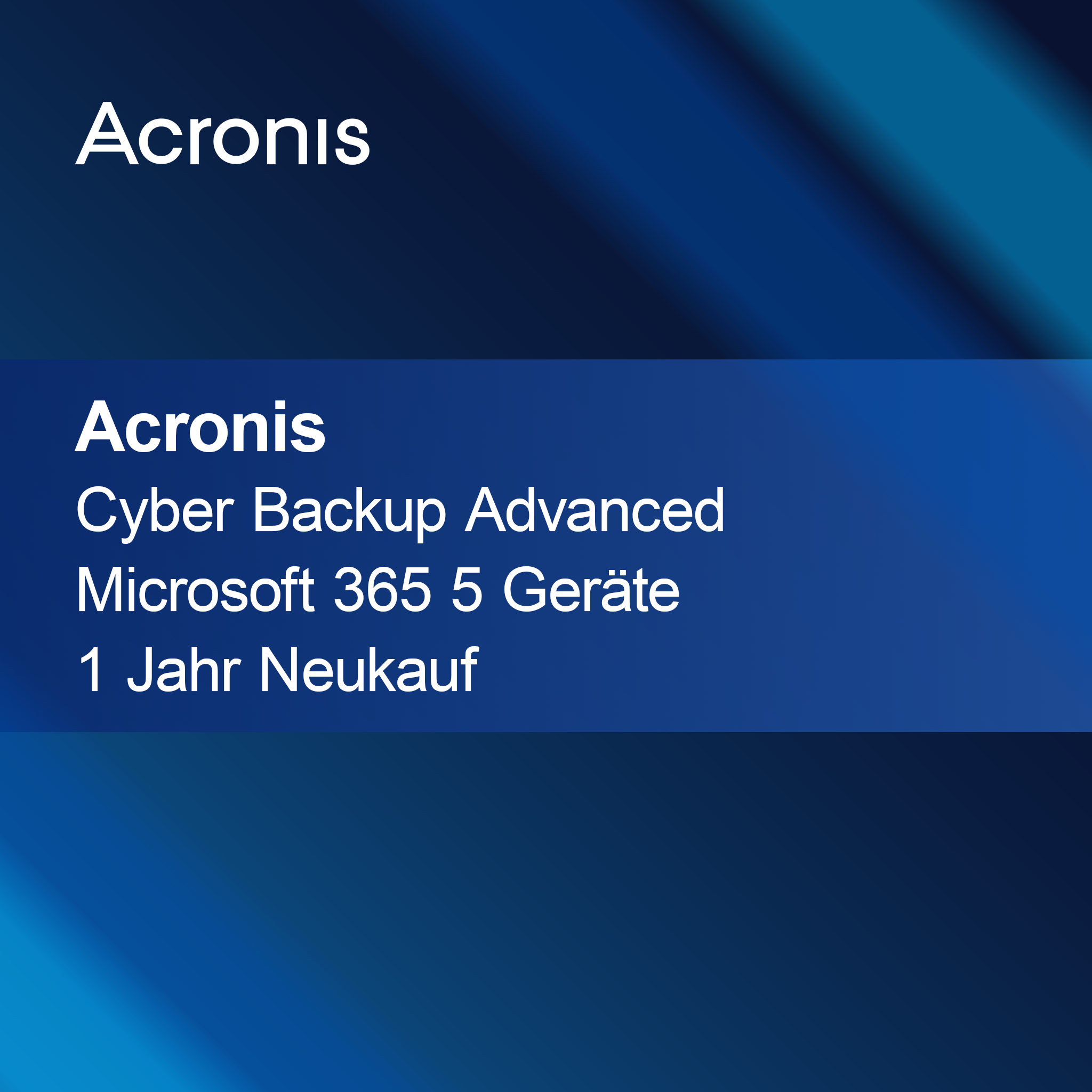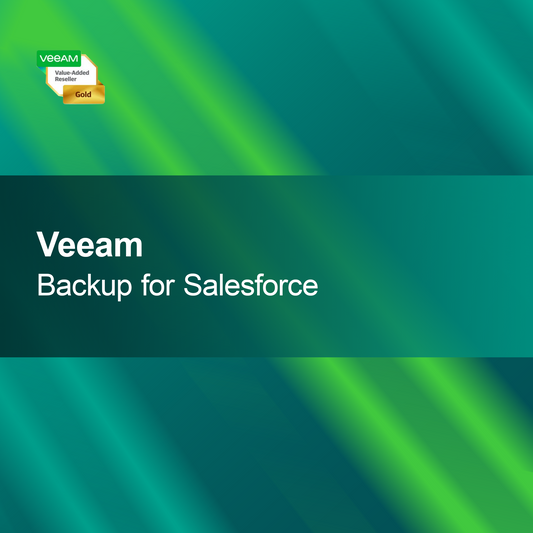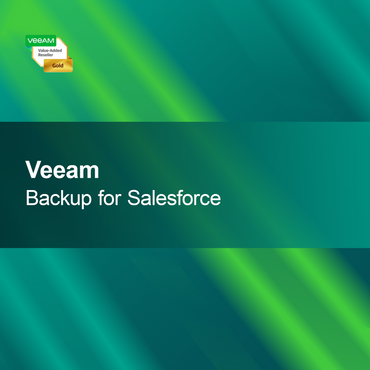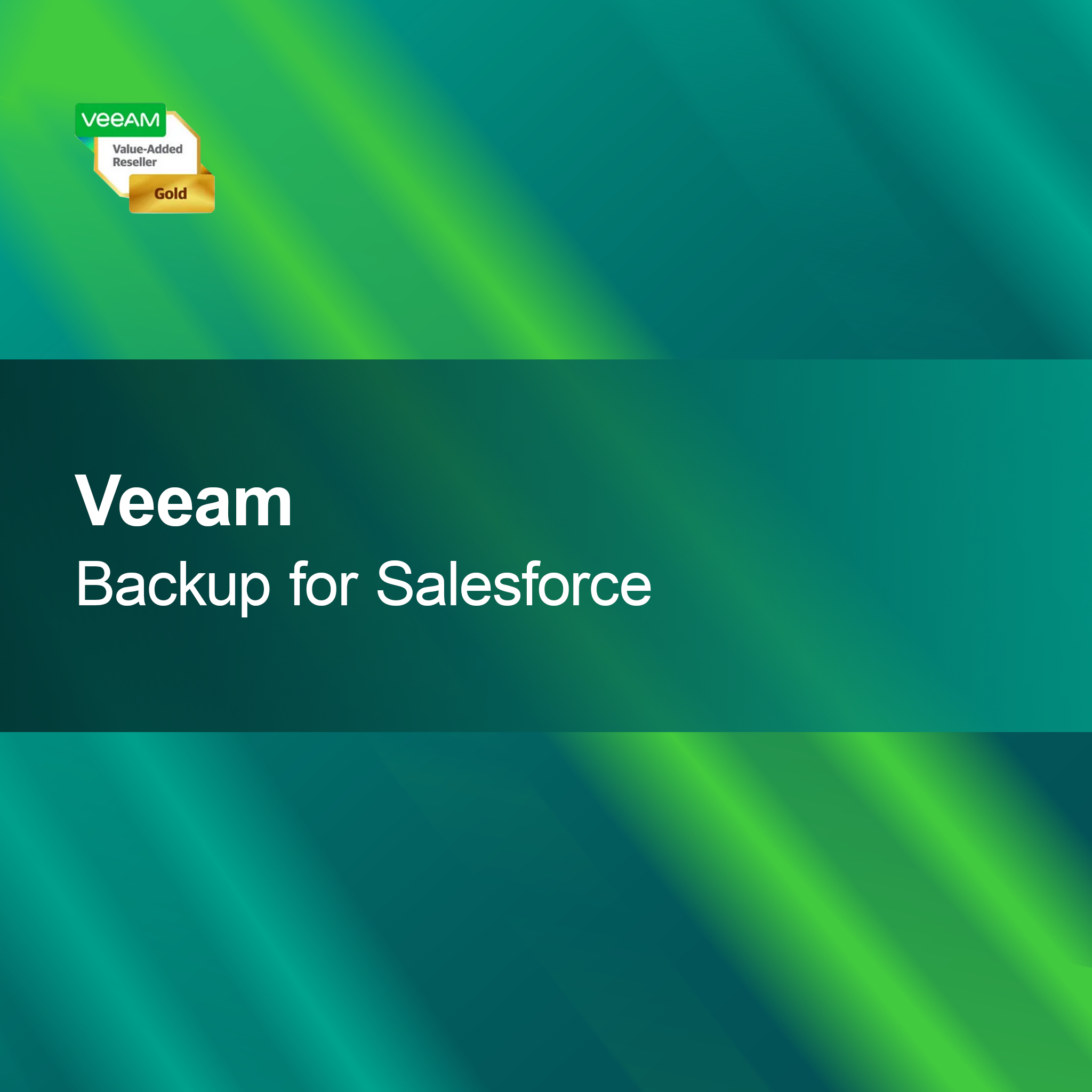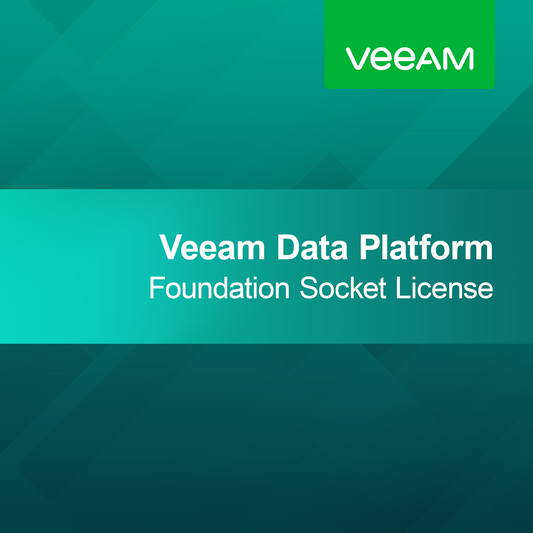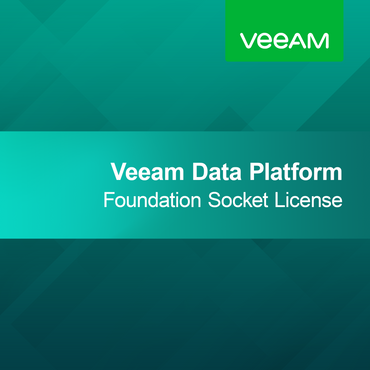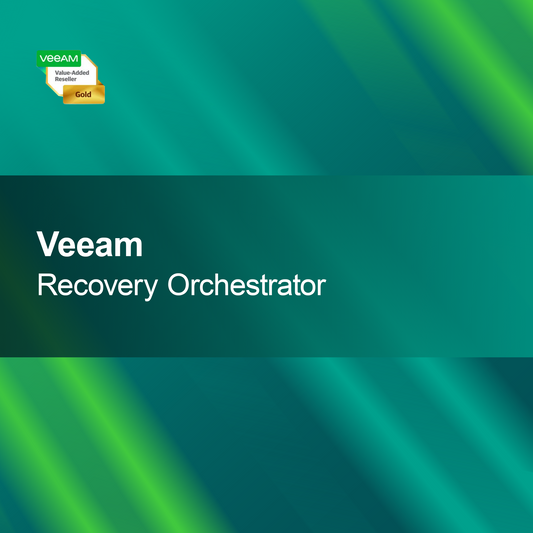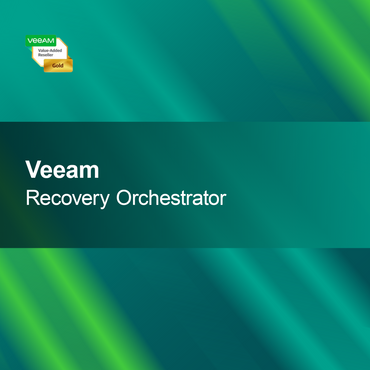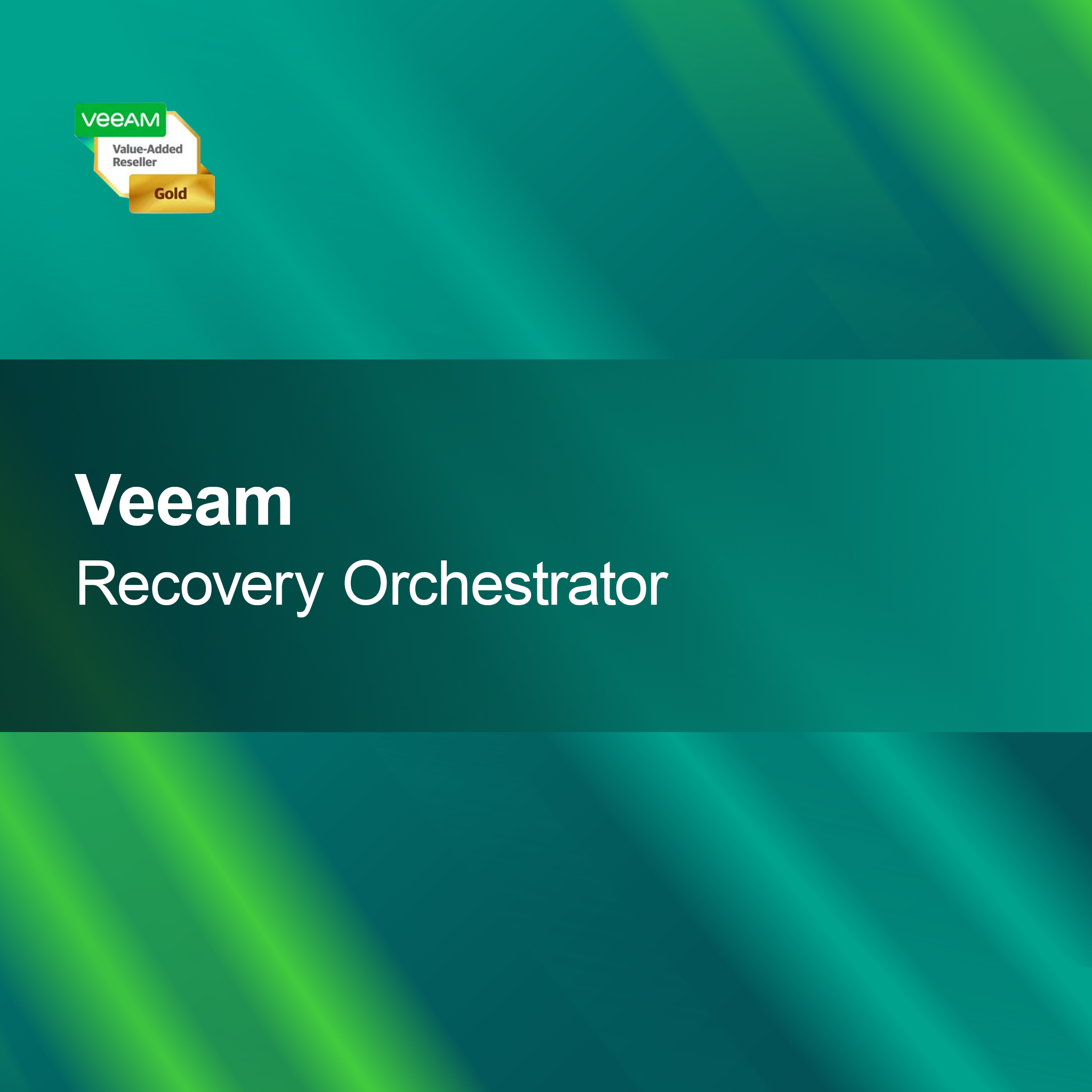-
Microsoft SharePoint Server 2016 Standard Device CAL
Regular price $73.00Sale price $73.00 Regular priceUnit price perMicrosoft SharePoint Server 2016 Standard Device CAL With the license key for Microsoft SharePoint Server 2016 Standard Device CAL, you get a powerful solution that takes...
-
Microsoft SharePoint Server 2019 Standard User CAL
Regular price $100.00Sale price $100.00 Regular priceUnit price perMicrosoft SharePoint Server 2019 Standard User CAL With the license key for Microsoft SharePoint Server 2019 Standard User CAL, you get a powerful solution for efficient...
-
Microsoft SharePoint Server 2016 Standard User CAL
Regular price $73.00Sale price $73.00 Regular priceUnit price perMicrosoft SharePoint Server 2016 Standard User CAL With the license key for Microsoft SharePoint Server 2016 Standard User CAL, you get a powerful solution for efficient...
-
Microsoft SharePoint Server 2019 Standard Device CAL
Regular price $100.00Sale price $100.00 Regular priceUnit price perMicrosoft SharePoint Server 2019 Standard Device CAL With the license key for Microsoft SharePoint Server 2019 Standard Device CAL, you get a powerful solution to promote...
SharePoint Server CAL
What is a SharePoint Server CAL?
A SharePoint Server Client Access License (CAL) is a license that allows users to access the features and services of SharePoint Server. These licenses are required to ensure that all users accessing the SharePoint platform are properly licensed. There are different types of CALs that can be selected depending on the specific needs of your business.
What types of SharePoint Server CALs are there?
There are two main types of SharePoint Server CALs: Standard CALs and Enterprise CALs. Standard CALs offer basic features such as document management and team collaboration. Enterprise CALs, on the other hand, extend these features with additional capabilities like business intelligence and advanced search options. The choice of the right CAL depends on the specific requirements and size of your company.
How do I acquire a SharePoint Server CAL?
SharePoint Server CALs can be purchased through authorized Microsoft resellers or directly from Microsoft. It is important to determine the number of licenses needed based on the number of users or devices accessing SharePoint. Make sure to select the correct type of CAL to ensure that all required features are covered.
What should I consider during installation?
When installing SharePoint Server and the associated CALs, you should ensure that your server meets the required system requirements. This includes a compatible operating system, sufficient storage, and an appropriate network environment. It is advisable to conduct thorough planning before installation to ensure a smooth implementation.
- Access to document management and teamwork
- Advanced features with Enterprise CALs
- Simple management of user licenses
How do I activate my SharePoint Server CAL?
Activating a SharePoint Server CAL is usually done through the Microsoft Volume Licensing Service Center or by entering a product key provided at purchase. It is important to keep all license information secure, as it may be needed for future installations or audits. Successful activation ensures that all software features are available.
How does SharePoint Server differ from other solutions?
SharePoint Server offers a more comprehensive solution for collaboration and document management compared to other platforms like Google Workspace or Dropbox. While other solutions are often limited to simple file sharing, SharePoint enables deeper integration into business processes and provides advanced features such as workflow management and custom applications. This makes SharePoint a flexible choice for businesses with specific requirements.
What system requirements are needed for SharePoint Server?
To successfully install SharePoint Server, your server should be running at least Windows Server 2016 or higher. Additionally, a minimum of 8 GB RAM and 10 GB of free storage space are required, with more recommended depending on the number of users and the complexity of the applications. Check these requirements to ensure the software runs efficiently and the user experience is optimal.

